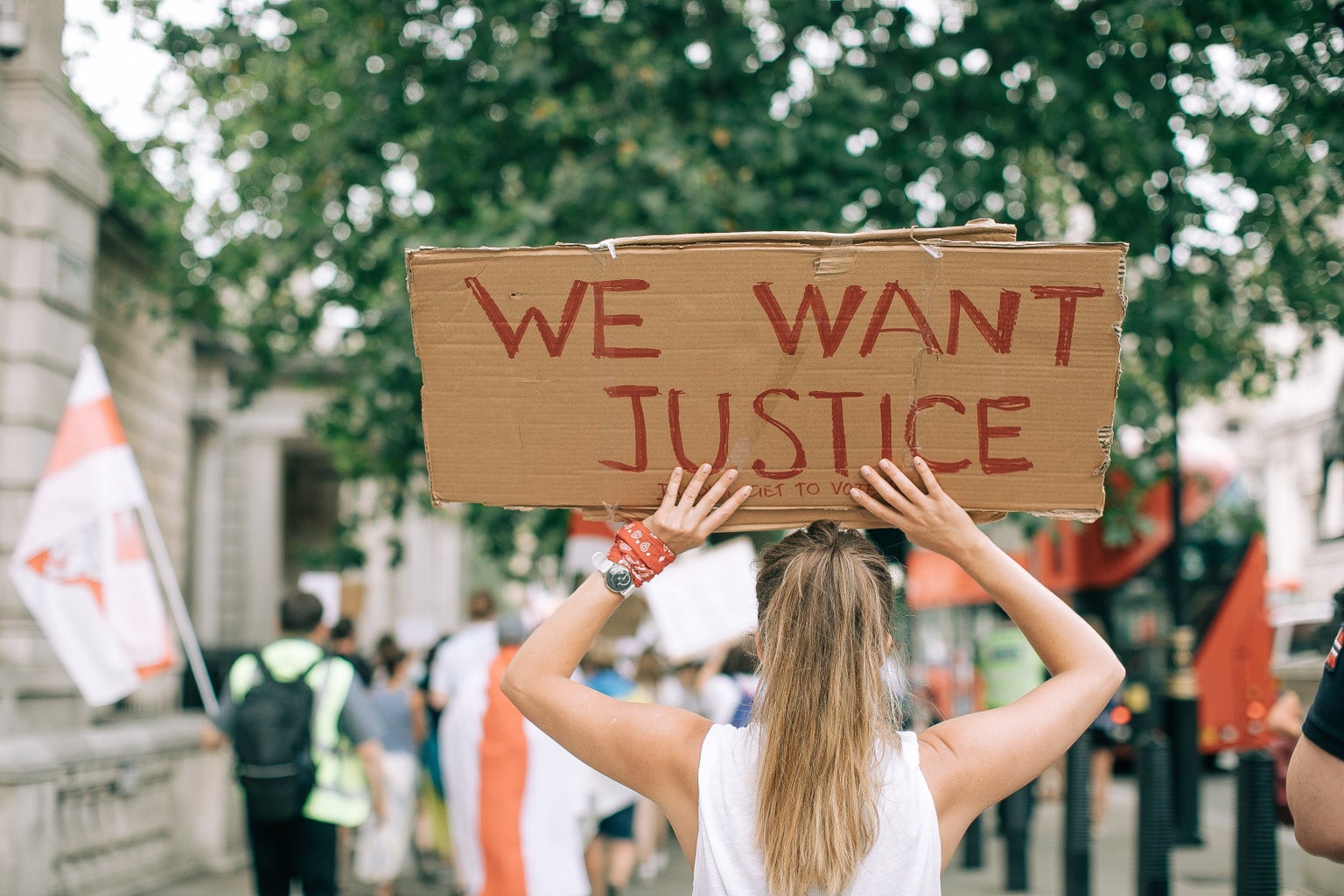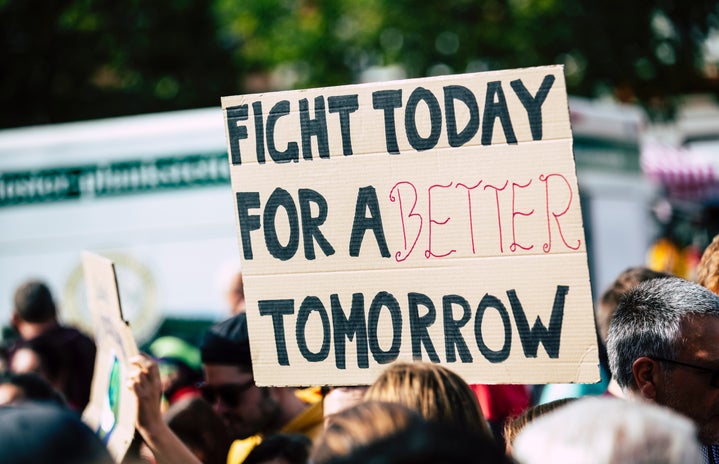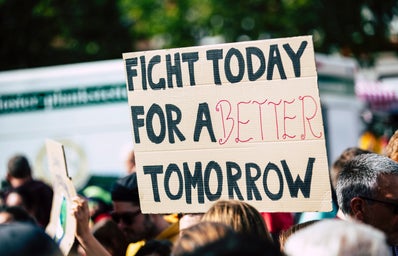Sexual Assault Awareness Month (SAAM) is celebrating its 20th year as April being the official month for awareness and prevention of sexual assault. However, people have been fighting to end sexual assault years before 2001 and it’s important to honor and recognize where those origins begin.
Within the United States, civil rights and social justice movements began to gain traction in the 1940s and 1950s. While open dialogue about sexual violence and interpersonal violence were limited at this time, advocates for equal rights were beginning to change the status quo and push for new and difficult conversations to begin. At the time, Black women and women of color were champions of this effort. Advocates such as Rosa Parks began to work at the intersections of racial violence and gender-based violence. While there wasn’t one set term for these conversations at the time, Kimberlé Crenshaw coined the term intersectionality in 1989 as a way to understand these intersections of race and gender.

Social activism around sexual violence awareness continued on into the 1970s and in 1971 the first-ever Rape Crisis Center opened its doors in San Fransico. Seven years later the first Take Back the Night Rally occurred in that same city. As advocacy continued, people began to focus on law and policy to attempt to fight against sexual violence. Because of this advocacy work, the Violence Against Women Act was passed in 1993. The passage of this act was proof that national efforts to prevent sexual violence were needed in the United States.
Even before the official month of April was deemed SAAM, people were holding events, marches, and weeks of observation to increase awareness of the issue of sexual violence. In 2000, the newly formed National Sexual Violence Center wanted to consolidate these efforts. They reached out to activists and organizations to poll them on their preferred color, symbol, and month for an official Sexual Assault Awareness Month. The results decided on a teal ribbon and the month of April and in 2001 SAAM was officially born.
While in the early 2000s the main focus of SAAM was awareness, by the mid-2000s SAAM also began to incorporate prevention in communities, workplaces, and on college campuses. These campaigns focused on the ways that individuals and communities can do their part to stop sexual assault before it happens by changing behavior and promoting respect. These goals shape the SAAM we understand today. It focuses on raising visibility about sexual assault and sharing how it can be prevented through consent education, healthy sexuality education, and bystander intervention.



